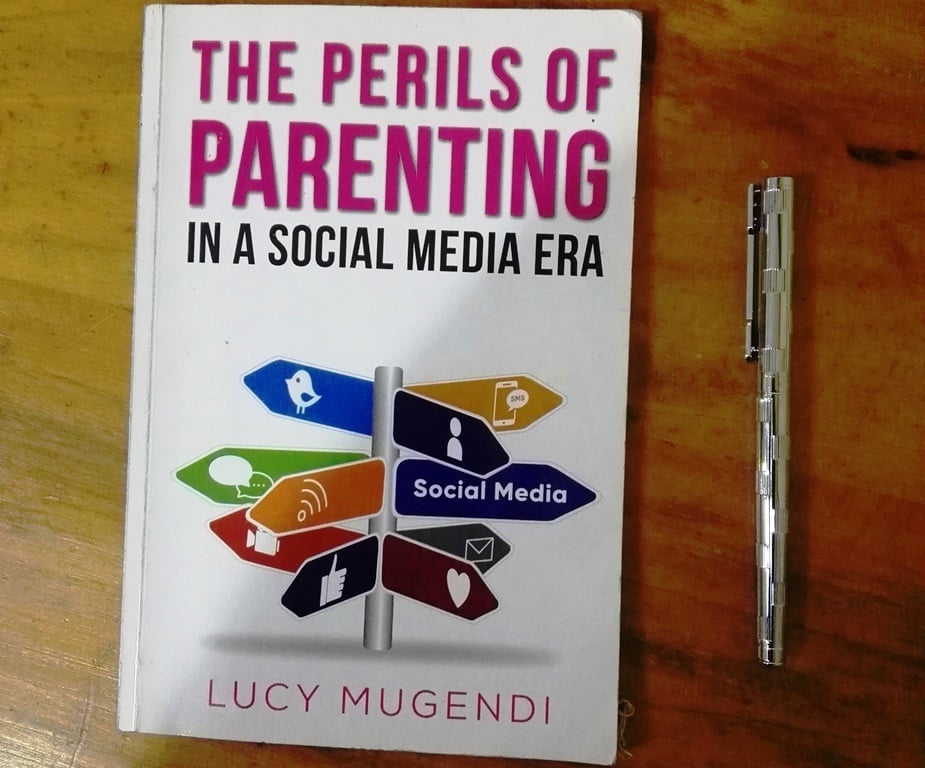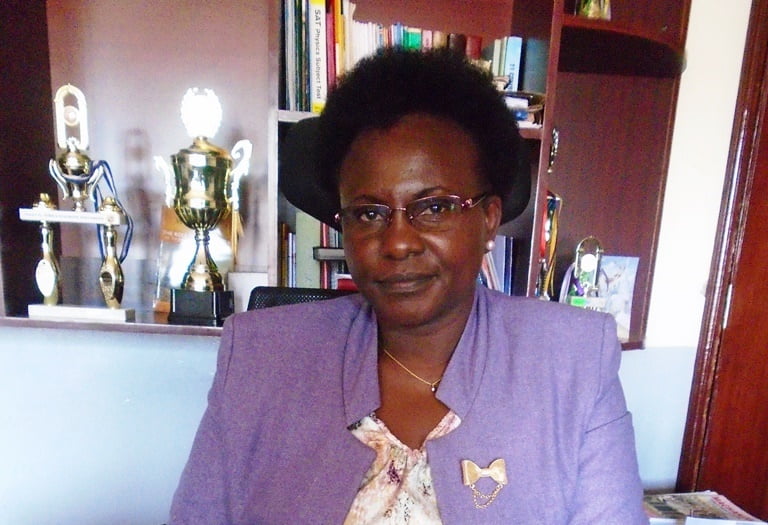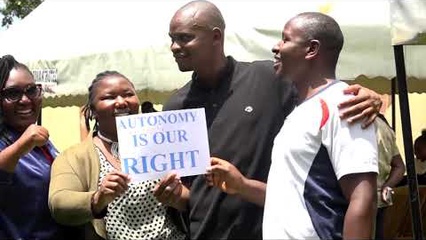By Victor Ochieng’
The Perils of Parenting in a Social Media Era is a good book penned by Mrs Lucy Mugendi: the Chief Principal of Machakos Girls. In that great text, this wise woman explores the good and bad side of social media, especially on teens. She also talks about how parents can guide their children on the wise use of social media.
To begin with, social media include Instagram, Facebook, Snapchat, TikTok, Twitter, WhatsApp, YouTube and Telegram.
A recent survey conducted by YouGov ascertained that 45% of teenagers (aged between 13-17 years) spend four hours – or more – online, on daily basis playing games, watching videos and chatting with friends.
Ideally, these times and climes are calibrated by some sort of technological advancement.
Due to the availability of electronic gadgets and ubiquity of internet connectivity, young people find it easy to use social sites. It is a reality which is here with us. No wonder, young people ought to know more about wise use of social media.
Malcolm X saw this puissant impact of media and observed that, “Media is the greatest entity on earth. For it has the power to make the innocent guilty and the guilty innocent.”
Good Side
The school stasis created by Covid-19 pandemic proved that apart from Zoom Webinar and Google Meets, school-going children can use social sites such as WhatsApp and YouTube to gain knowledge hence become informed. Such sites have revolutionized learning methodologies.
Teachers engage learners on WhatsApp through active and productive chats. They also send necessary notes and assignments. Teens use YouTube to watch phenomenal speeches and didactic documentaries. They watch useful movies and listen to music for the sake of Mozart Effect, hence increase their spatial intelligence.
It is also instructive to note that when teenagers expose themselves to social sites in the right way, it broadens their worldviews and perspective on many issues.
Moreover, through wise use of social media platforms, teens gain digital literacy – an important 21st Century skill. They create useful networks, forge friendship and cement healthy relationships. Through social media, they keep in touch online even while they are geographically far apart. This in turn crystallizes their communication which is an essential soft skill.
Furthermore, some social sites make young people become empathetic and altruistic in nature. For example, when they see how people are mobilised online to express empathy towards the needy through funds drive and philanthropic initiatives, they grow up to be people who are touched by other people’s plight.
In addition, when teens watch creative videos on social sites, they become more imaginative, creative and innovative. This is how in actual sense they get to know that social media platforms are not only agents of socialization but also sources of ingenuity and creativity.
In a larger sense, some social sites are awash with people who share information that is both insightful and inspirational. Such content is good food to the mood of teens. It boosts their levels of morale and motivation.

Bad Side
On the other hand, social media platforms have the bad side thus parents should play a pivotal role in regulating the kind of content imbibed by their children.
There is the social media addiction which addles their impressionable minds. When teens get used to checking the news feed on various social media platforms, they mutate to zombies.
Psychological pundits think that social media features such as ‘shares’ and ‘likes’ activate the reward centre in the brain which is highly sensitive during adolescence. No wonder, some teenagers are suffering from ‘Media Malady’ which is what pushes teens to keep checking new updates.
It is sad to say, social media leads to poor social skills in teens. Teenagers who spend too much time with online friends, as opposed to real-life ones, grow up with scarcity of social skills such as the ability to read non-verbal cues and facial gestures of other people, which only manifest during face-to-face interactions. Lack of social skills leads to low levels of social and emotional intelligence.
In addition, social media platforms have some negative psychological impacts on teens. Cyber-bullying, lack of likes, failure to trend or difficulty to attract more followers on Instagram can lead to poor mental health, which manifests in form of acute levels of stress (distress), depression and suicidal thoughts.
Young people are also prone to making unnecessary social comparisons on social sites that make them look lugubrious. More so, after getting the false impression that their online peers are leading better lives than they are. Yet – they forget that sometimes lifestyles people project online are highly edited and idealized.
Furthermore, there is the Fear of Missing Out (FOMO). Social media makes some teens feel under undue pressure to react to their friends’ posts. FOMO is what makes teens who are ubiquitous on social sites to ensure that they check every jokes, memes, gossips and parties.
In addition, some social sites promote narcissism in teens. Some of them become obsessed with posting endless updates about themselves. The moods of some teens with low self-esteem rely heavily on how people comment on their posts and photos on social sites.
Lastly, some waste time on social sites staring at photos, watching videos and going through content posted on online accounts that act as thieves of time. This disrupts important activities such as studies and other important routines like getting ample hours of quality sleep. The consequences are dire as we see some teens lacking concentration, suffering from mood swings and scoring disgraceful grades in school.
The writer is an avid reader. He rolls out talks and training services in schools. vochieng.90@gmail.com. 0704420232






